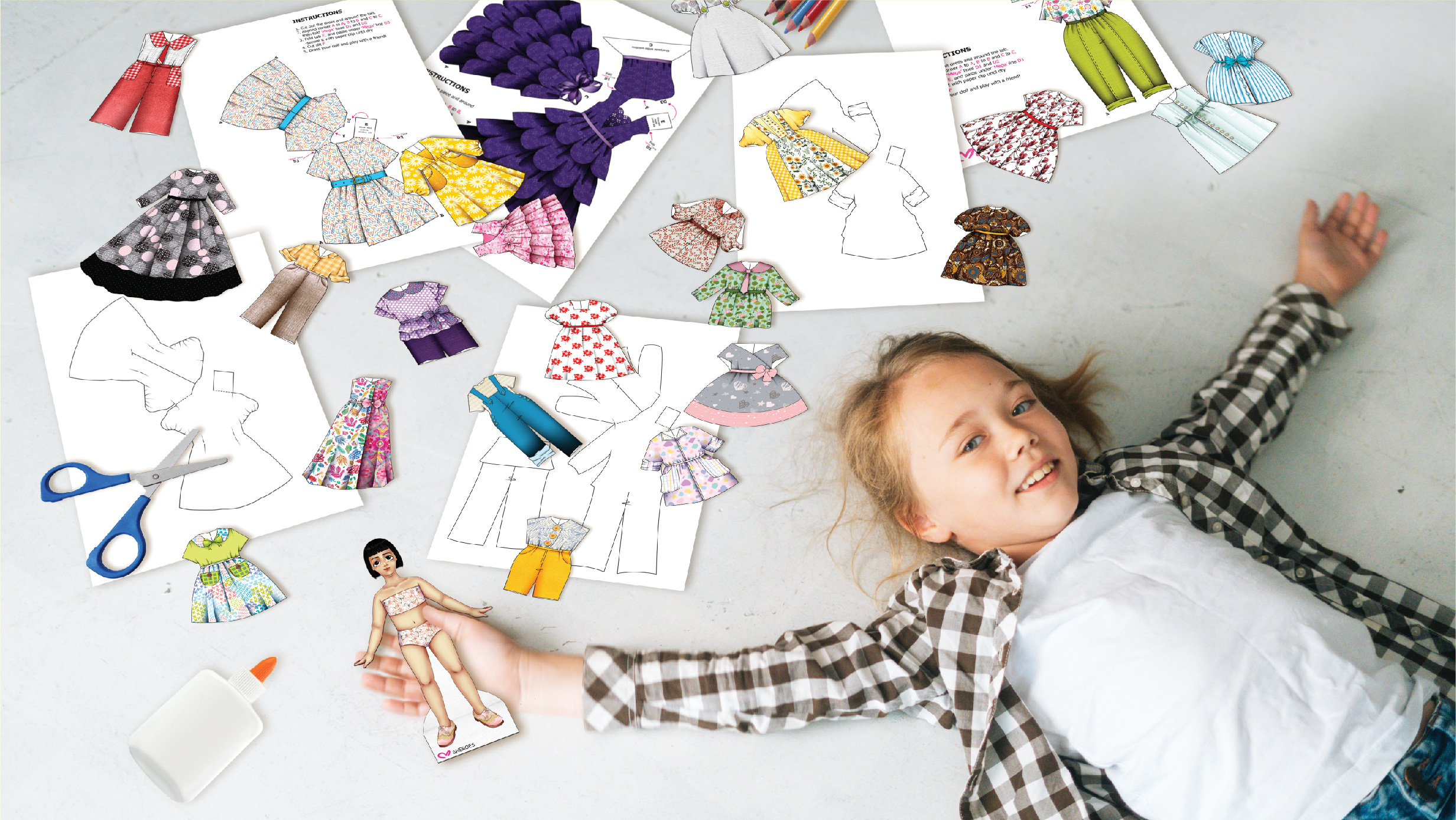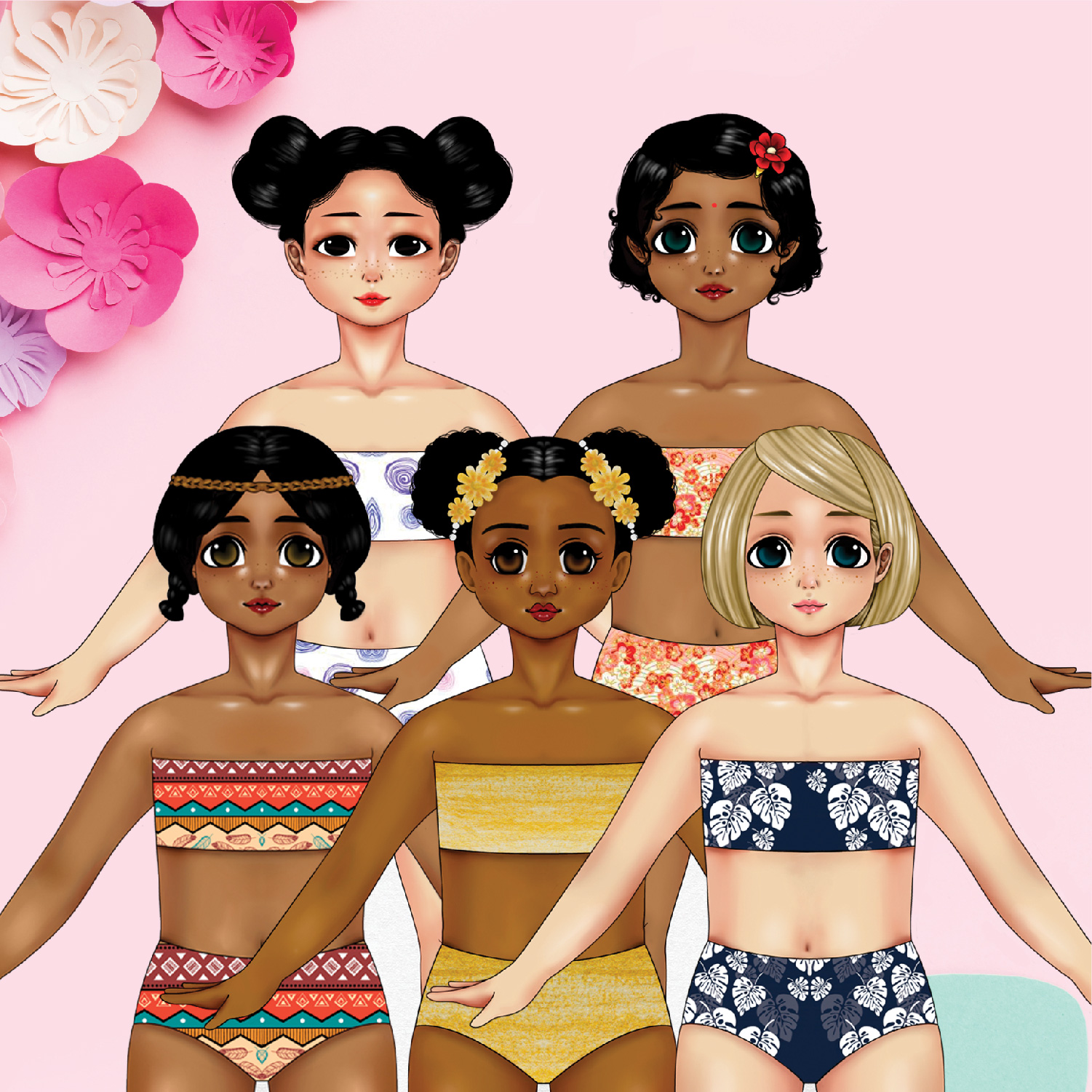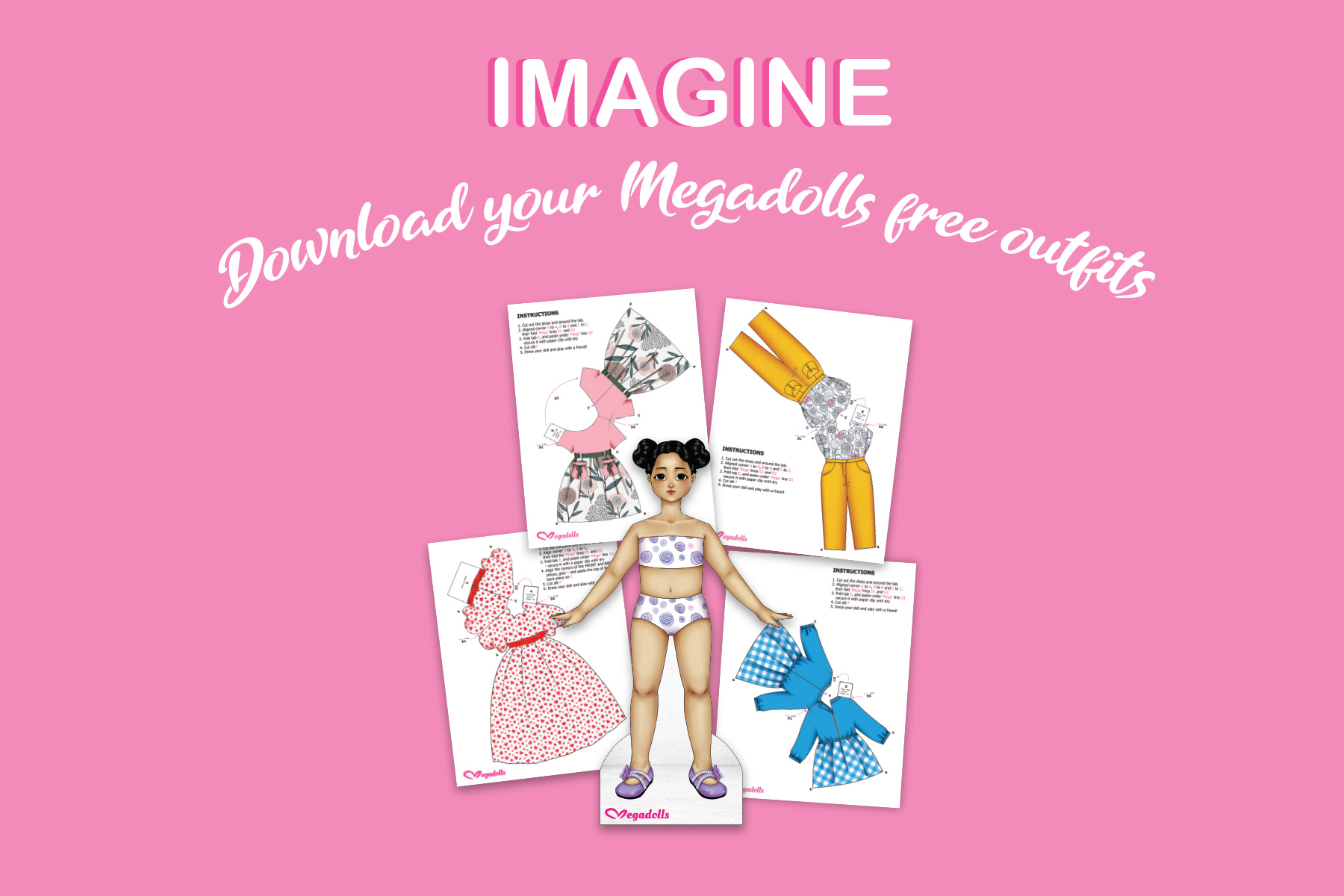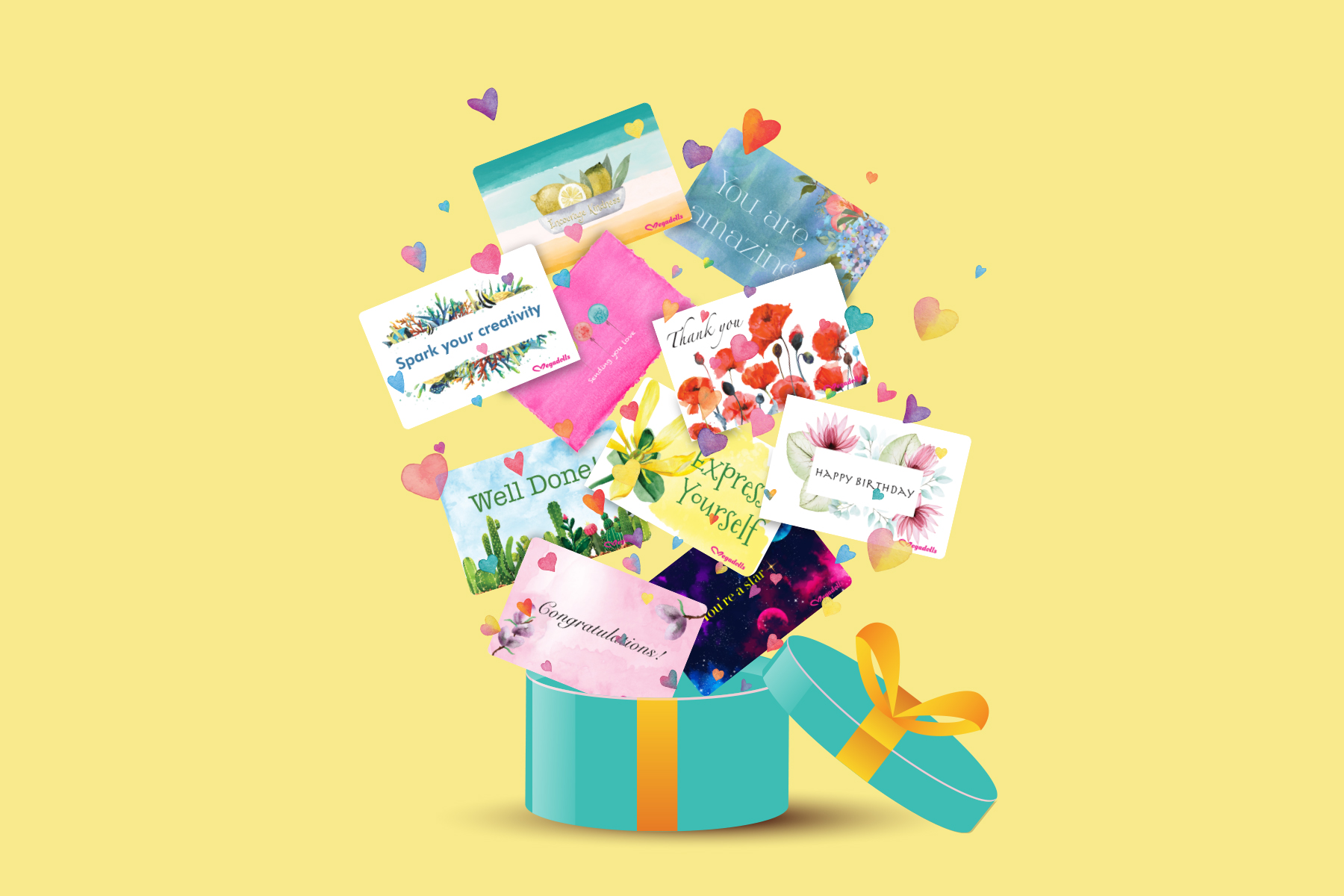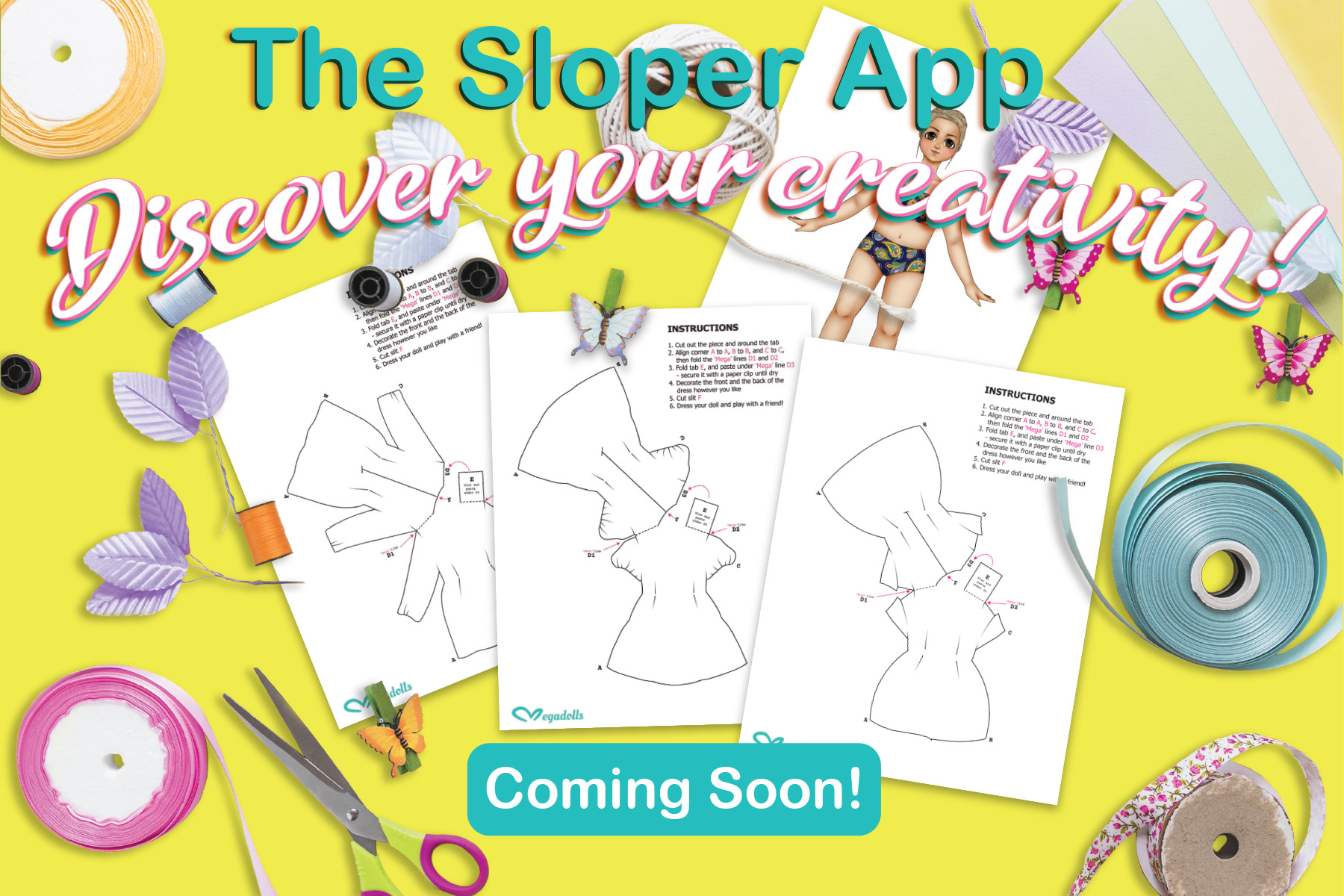A Meaningful Play
The Megadolls blog is packed full of articles on paper dolls. Find out about the history of paper dolls and what makes Megadolls paper dolls so unique. We also have articles about our Dolls from Around the World. Learn more about each doll, their country, their culture, and their traditions. More than that, explore each country's unique and interesting cultural outfits. At Megadolls, we try to practice being virtuous as much as possible, even if we don't always get it right. Our virtues articles explore different virtues, what they are, and how to practice them more consistently.

